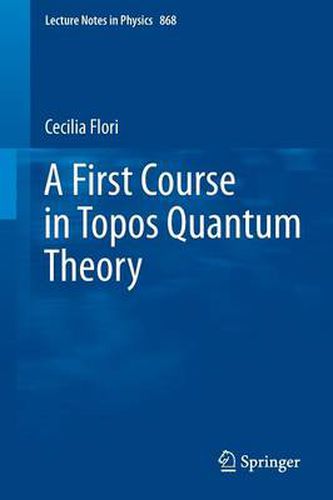Readings Newsletter
Become a Readings Member to make your shopping experience even easier.
Sign in or sign up for free!
You’re not far away from qualifying for FREE standard shipping within Australia
You’ve qualified for FREE standard shipping within Australia
The cart is loading…






This title is printed to order. This book may have been self-published. If so, we cannot guarantee the quality of the content. In the main most books will have gone through the editing process however some may not. We therefore suggest that you be aware of this before ordering this book. If in doubt check either the author or publisher’s details as we are unable to accept any returns unless they are faulty. Please contact us if you have any questions.
In the last five decades various attempts to formulate theories of quantum gravity have been made, but none has fully succeeded in becoming the quantum theory of gravity. One possible explanation for this failure might be the unresolved fundamental issues in quantum theory as it stands now. Indeed, most approaches to quantum gravity adopt standard quantum theory as their starting point, with the hope that the theory’s unresolved issues will get solved along the way. However, these fundamental issues may need to be solved before attempting to define a quantum theory of gravity.
The present text adopts this point of view, addressing the following basic questions: What are the main conceptual issues in quantum theory? How can these issues be solved within a new theoretical framework of quantum theory?
A possible way to overcome critical issues in present-day quantum physics - such as a priori assumptions about space and time that are not compatible with a theory of quantum gravity, and the impossibility of talking about systems without reference to an external observer - is through a reformulation of quantum theory in terms of a different mathematical framework called topos theory.
This course-tested primer sets out to explain to graduate students and newcomers to the field alike, the reasons for choosing topos theory to resolve the above-mentioned issues and how it brings quantum physics back to looking more like a neo-realist classical physics theory again.
$9.00 standard shipping within Australia
FREE standard shipping within Australia for orders over $100.00
Express & International shipping calculated at checkout
This title is printed to order. This book may have been self-published. If so, we cannot guarantee the quality of the content. In the main most books will have gone through the editing process however some may not. We therefore suggest that you be aware of this before ordering this book. If in doubt check either the author or publisher’s details as we are unable to accept any returns unless they are faulty. Please contact us if you have any questions.
In the last five decades various attempts to formulate theories of quantum gravity have been made, but none has fully succeeded in becoming the quantum theory of gravity. One possible explanation for this failure might be the unresolved fundamental issues in quantum theory as it stands now. Indeed, most approaches to quantum gravity adopt standard quantum theory as their starting point, with the hope that the theory’s unresolved issues will get solved along the way. However, these fundamental issues may need to be solved before attempting to define a quantum theory of gravity.
The present text adopts this point of view, addressing the following basic questions: What are the main conceptual issues in quantum theory? How can these issues be solved within a new theoretical framework of quantum theory?
A possible way to overcome critical issues in present-day quantum physics - such as a priori assumptions about space and time that are not compatible with a theory of quantum gravity, and the impossibility of talking about systems without reference to an external observer - is through a reformulation of quantum theory in terms of a different mathematical framework called topos theory.
This course-tested primer sets out to explain to graduate students and newcomers to the field alike, the reasons for choosing topos theory to resolve the above-mentioned issues and how it brings quantum physics back to looking more like a neo-realist classical physics theory again.